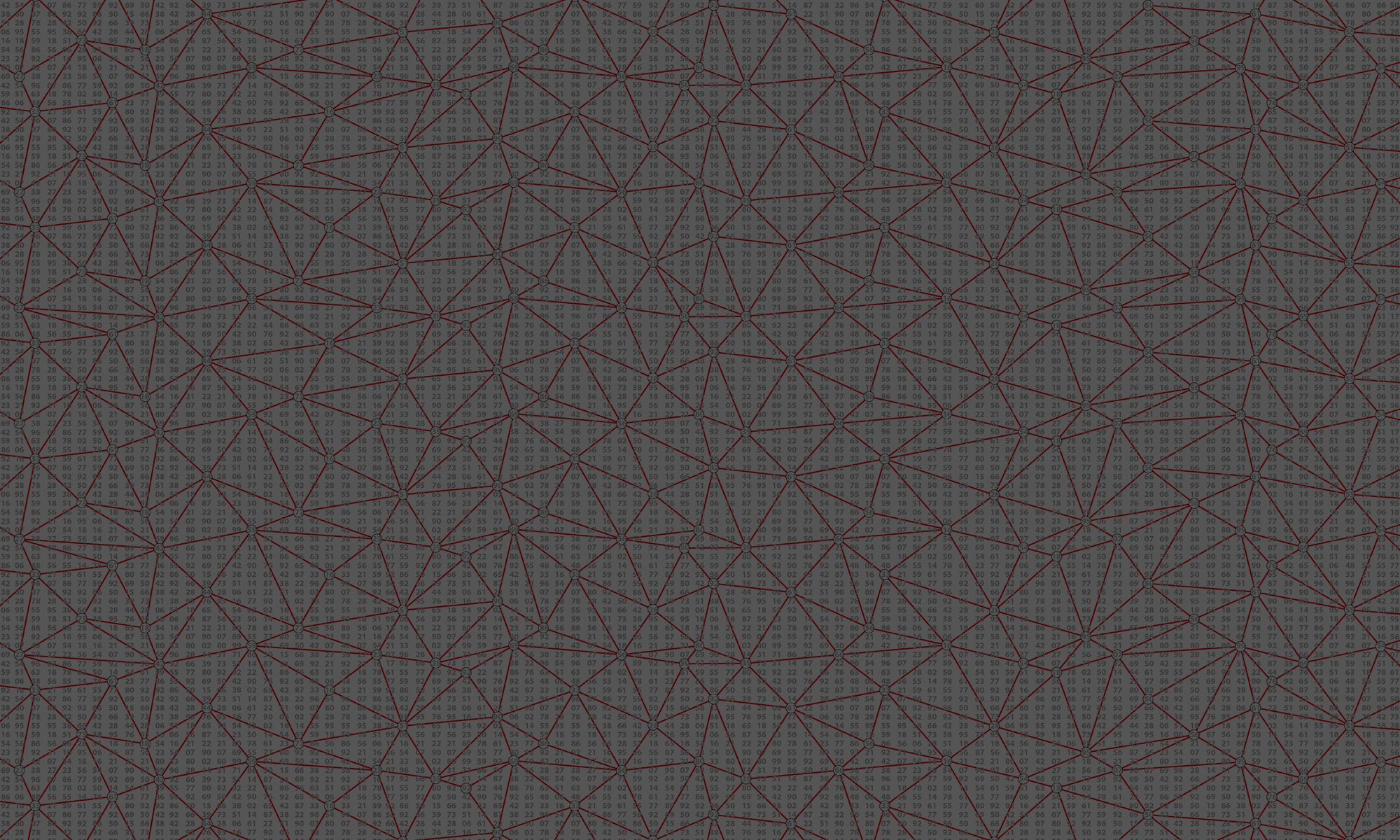Virtual reconstruction should move beyond merely presenting 3D models by documenting the scientific context and reasoning underlying the reconstruction process. For instance, the collapsed arch in the nave of Notre-Dame de Paris serves as a case study to make explicit the reconstruction argumentation encapsulated in relation to the spatial configuration of the arch and the voussoirs. The experiment is twofold: (1) setting up of the 3D dataset where the hypotheses are modeled as versions using logic programming, and (2) evaluating the scientific narrative of reconstruction through both a custom 2D-3D visualization and competency questions on the enriched 3D data. Formalization, reasoning, and visualization are combined to explore the nonlinear scientific hypotheses and narrative of the reconstruction. The results explicitly show both the factual information on the physical and digital objects, as well as the counterfactual propositions allowing the reasoning at play in the reconstruction. The hypotheses are visualized as counterfactual trajectories creating an open dynamic visualization that makes possible the spatialized querying of conflicting interpretations and embedded memory in place.

Representation Advances And CHallenges association